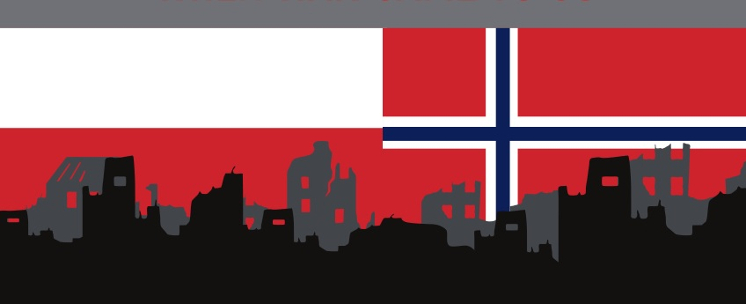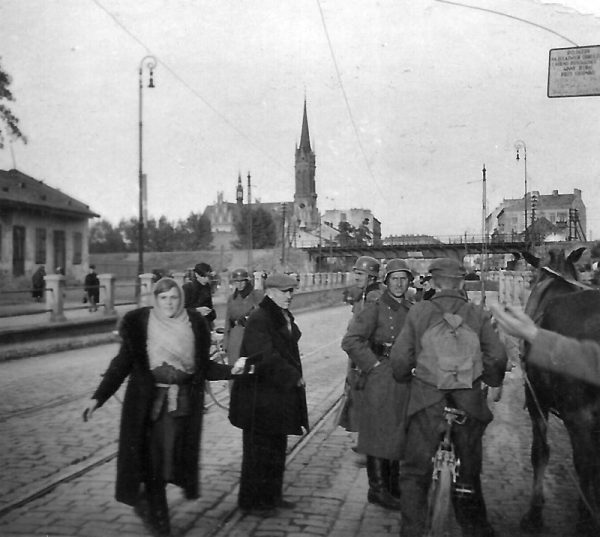German and Soviet occupation
From the very beginning, Germans treated Polish territories as a war trophy, which – according to Adolf Hitler’s words – ought to be exploited ruthlessly, turned into industrial, social, cultural and political debris. The inhabitants of Polish villages were weighed down with the contribution – an obligation to provide the German army with food. This ruined households and led to poverty among people. The inhabitants of the cities were endangered with everyday swoops, unexpected kidnappings of Poles in the streets. The criminal activity was mainly aimed at intelligentsia: professors, political activists, war veterans, clerks and writers were imprisoned and murdered. Places such as Palmiry, Pawiak or Szucha Alley became the symbols of German terror, paralyzing the inhabitants of the occupied areas with fear. There were tens of similar places all around Poland.
In the eastern territories, occupied by the USSR, occupation was also oppressive in its character. Citizens were forcefully issued Soviets passports and underwent sovietization. Those connected to the authorities of the Second Polish Republic were shot or sent together with their whole families to the remote regions of USSR, where they experienced inhuman living conditions. All around the area of the former Second Polish Republic, Polish national symbols were being removed and the monuments destroyed.
On 22nd June 1941, following the Third Reich aggression on the USSR, Germans entered the Białystok region once again. The second German occupation began, marked with deportations to forced labour to the Third Reich, establishment of ghettos, extermination of Poles and Jews.
The German administration implemented the occupation plan with great precision.


